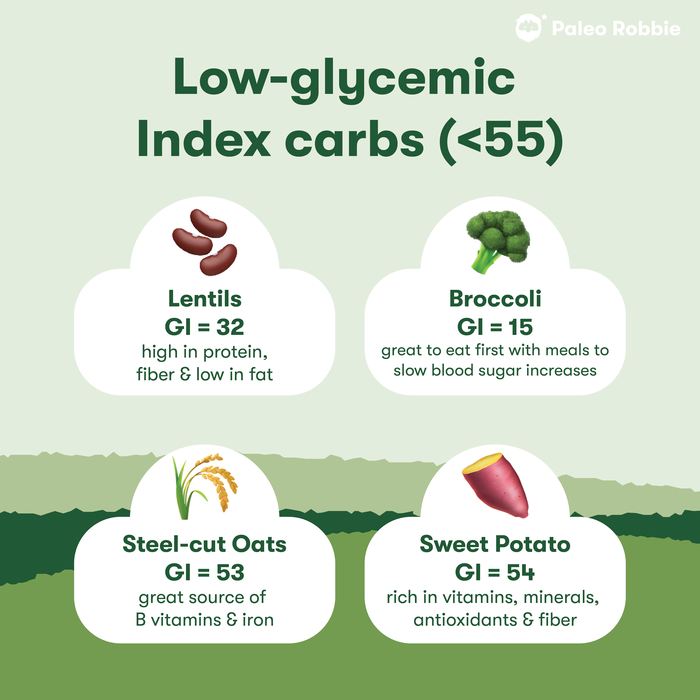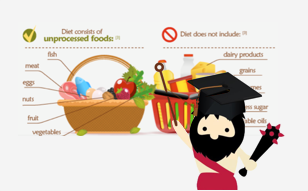Cholesterol could easily be described as the smoking gun of the last two decades. It's been blamed for just about every case of heart disease on top of being responsible for demonizing entire categories of foods (like eggs and saturated fats).
We are led to believe that elevated cholesterol is the cause of heart disease. As a result, we have declared war on dietary cholesterol, and that has also meant a war on dietary fat
What is cholesterol?
Cholesterol is a waxy, fatty substance produced by the liver that circulates in your blood. It performs or assists in thousands of bodily functions such as building cell membranes, nerve sheaths, and much of your brain.
The main function is to build and maintain cell membranes. On top of that, it also:
‣ Decides which molecules can enter the cell and which can’t
‣ Aids in the production of sex hormones
‣ Is essential for producing hormones released by the adrenal glands
‣ Helps in the production of bile (breaks down fatty acids, which can be taken into the body by the digestive tract)
‣ Converts sunlight into Vitamin D
‣ Metabolizes fat-soluble vitamins includingitamins A, D, E, and K
‣ Insulates nerve fibers
Let's look at the three kinds of cholesterol
LDL (low-density lipoprotein) cholesterol is called “bad” cholesterol.
LDLs contributes to fatty buildups in arteries (atherosclerosis).
Plaque buildups narrow arteries and raise the risk for heart attack, stroke and peripheral artery disease.
LDLs pick up cholesterol from the liver and deliver it to cells.
HDL (high-density lipoprotein) cholesterol is “good” cholesterol.
HDLs remove excess cholesterol from the blood and take it to the liver. There it’s broken down and passed from the body.
Triglycerides are the most common type of fat in the body; they store excess energy from your diet.
A high triglyceride level combined with low HDL cholesterol or high LDL cholesterol is linked with fatty buildups in artery walls. This increases the risk of heart attack and stroke.

Your Brain needs Cholesterol
Cholesterol is vitally important for brain function.
While your brain represents about 2-3% of your total body weight, 25% of the cholesterol in your body is found in your brain, where it plays important roles in such things as membrane function, acts as an antioxidant, and serves as the raw material from which we are able to make things like progesterone, estrogen, cortisol, testosterone and even vitamin D.
‣ One study showed that memory function was best in test subjects with the highest overall levels of cholesterol, and LDL cholesterol in particular.
‣ Some studies found a correlation between dementia and low levels of cholesterol.
Natural Health: Understanding Food
Some scientists are trending toward a belief that lifestyle (including food) influences and controls a whopping 95% of our overall condition. According to the Weston A. Price Foundation, the following are the politically correct dietary guidelines currently on trend:
‣ Avoid saturated fats
‣ Limit cholesterol in food
‣ Use more polyunsaturated oils
‣ Cut back on eggs or eat only egg whites
‣ Eat lean meat and limit red meat
‣ Drink low fat milk and lots of it to get necessary calcium
‣ Limit consumption of fat to 30% of calories
‣ Eat 6-11 servings of grains per day
‣ Restrict salt
‣ Eat at least 5 servings of fruits and vegetables per day
‣ Choose more “protein rich” soy foods over animal proteins
The danger of these modern guidelines is that the recommended limitations have been established based on foods that are prepackaged, adulterated and modified, contain artificial chemicals, and high fructose corn syrup and artificial sweeteners, all of which may cause inflammation. This led to the assumption that it’s the type of food that causes problems, with no thought given to industrial processing.
Let’s take a look at these same foods from a different perspective.

| Avoid saturated fats | Saturated fats provide cell membrane integrity and enhance the body’s ability to use essential fatty acids. |
| Limit cholesterol in food | Dietary cholesterol contributes to the strength of the intestinal wall and helps babies and children develop a healthy brain and nervous system. |
| Use more polyunsaturated oils | Polyunsaturates are new to the human diet due to modernization and mechanization. |
| Cut back on eggs or eat only egg whites | Eggs provide excellent protein and many important fatty acids which contribute to the health of the brain and nervous system. |
| Eat lean meat and limit red meat | Grassfed red meat is a rich source of nutrients, including vitamins B12, B6, zinc, phosphorus, carnitine, and coenzyme Q10 that protect the heart and nervous system. |
| Drink low fat milk and lots of it to get necessary calcium | Lowfat and nonfat milk lacks fat soluble vitamins needed to assimilate the protein and minerals in the milk itself. Consumption of low fat foods (foods which have had the fat removed, not foods which are naturally low in fat) can lead to depletion of vitamins A and D. |
| Limit consumption of fat to 30% of calories | 30% of calories as fat is too low for most people and can lead to low blood sugar and fatigue. |
| Eat 6-11 servings of grains per day | Most grain products are made from wheat flour which has been processed and refined, bleached and stripped, leaving it devoid of nutrients. |
| Restrict salt | Salt or sodium is crucial to digestion and assimilation. Many foods contain naturally occurring sodium and should not be avoided. Rock or mineral salt (table salt) contains a higher percentage of sodium to potassium. Table salt has had all the minerals removed except sodium and potassium. Sea salt contains a higher percentage of potassium to sodium. |
| Eat at least 5 servings of fruits and vegetables per day | Fruits and vegetables (plants) receive an average of 10 applications of pesticides during their growing and storage lifetime. Wash produce thoroughly or eat organically grown food. |
| Choose more “protein rich” soy foods over animal proteins | Modern soy products (another hybrid) block mineral absorption, inhibit protein digestion, depress thyroid function, and contain potent carcinogens. |
Aim for high HDL and low Triglycerides
‣ To reach a higher level of HDL, be sure to reduce your sources of omega-6 fats (mainly from industrially processed vegetable seed oils, but also from an excess of nuts)
‣ Taking a good quality fish oil daily is a good way to increase omega-3 fatty acids.
‣ Saturated fats will also raise the good HDL. Think coconut oil, lard, butter, and beef tallow.
‣ Cut sugars, grains, and refined carbohydrates and eat the fat, the meat and the egg yolks.
So how do we make sense of the foods available to us? Eat food in its most natural state and enjoy every part of it including cholesterol and fat from healthy animals. Stay away from the processed, prepackaged, prepared stuff. Go organic and grass-fed if you can and don’t worry about counting calories. Eat to live and live to eat!


 Latest
Latest Newsletters
Newsletters Learn
Learn Recipes
Recipes Video
Video


